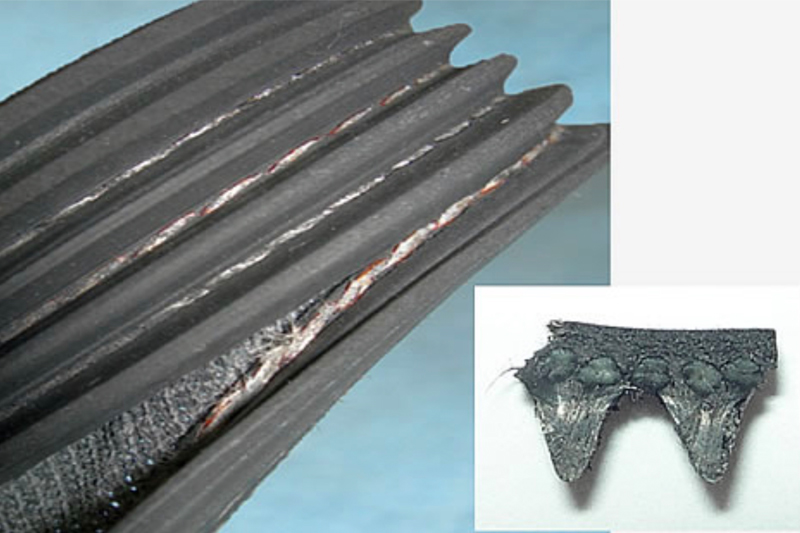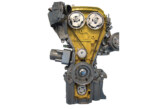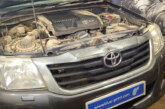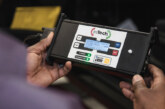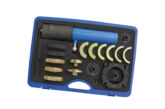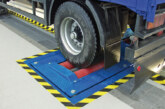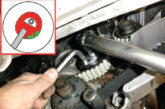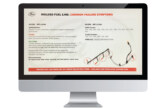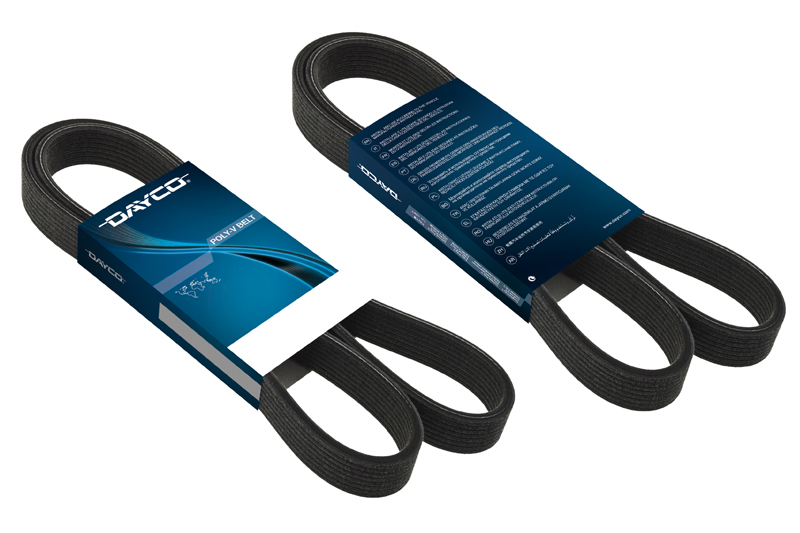
Dayco highlights how the auxiliary drive system may cause technicians to come unstuck when servicing an LCV.
Despite undertaking scheduled LCV work on a daily basis, technicians may skip over the auxiliary drive system and the condition of the belt. This can happen when carrying out anything from something as straightforward as an interim oil and filter change, to a full vehicle service.
Should they do so, not only are they missing a potential income opportunity, they also run the risk of overlooking a preventable issue that could later become a major problem, which would cost the operator should the vehicle be left stranded during work.
Complicated, multi-component LCV drive systems are susceptible to issues such as pulley misalignment, which can cause premature belt wear due to material loss from the rib surface. This wear changes the profile of the ribs and reduces the contact area on the pulleys, causing slippage and affecting the performance of the components the belt is designed to drive. In addition, the belt can become noisy, adversely affecting the driving environment for the driver.
Failure to replace worn components, such as a tensioner, will also cause problems and can result in belt slip and surface ‘glazing’, which will destroy the new belt. It can also result in slippage on the alternator pulley, which can trigger the ‘check engine’ warning light on the dashboard. In addition, a pulley or idler with a worn bearing can cause misalignment and wear to the sidewall of the belt, as well as producing unwanted belt noise.
Check and change
To avoid these problems, technicians looking to best serve their customers and also maximise the potential of their business, need to ensure they check the condition of the auxiliary belt every time a vehicle enters the premises.
However, wear to a typical EPDM formulated belt is very gradual, which makes it difficult to detect, so technicians should use the vehicle’s mileage as their first point of reference. If the vehicle has covered 60,000 miles or more, the belt should be thoroughly inspected, and if it shows any sign of damage or wear, should automatically be replaced.
To help technicians correctly assess the condition of the belt, Dayco has designed the aWEARness gauge, which provides them with three ways to check whether the belt needs to be replaced or is okay to be reinstalled. The two most relevant to an EPDM belt are the wear indicator bar, which highlights material loss, and the profile indicator, revealing whether the belt retains its correct form. Both reflect the level of wear and if the belt fails either check, it must be replaced.
By applying the ‘check and change’ principle, workshops are not only raising their reputation and ensuring their customers receive the service they deserve, they are also helping them avoid costly and inconvenient vehicle downtime, which is the worst of all worlds for a fleet operator.
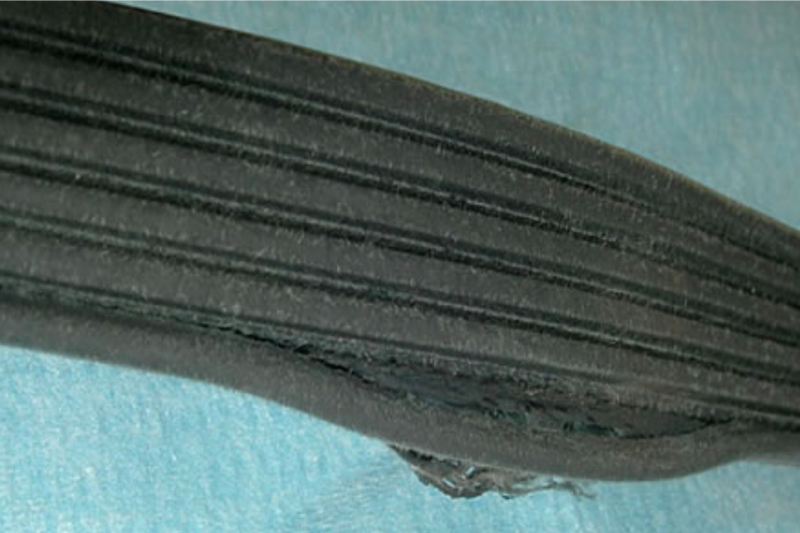
 Rib compound separation caused by misalignment.
Rib compound separation caused by misalignment.
